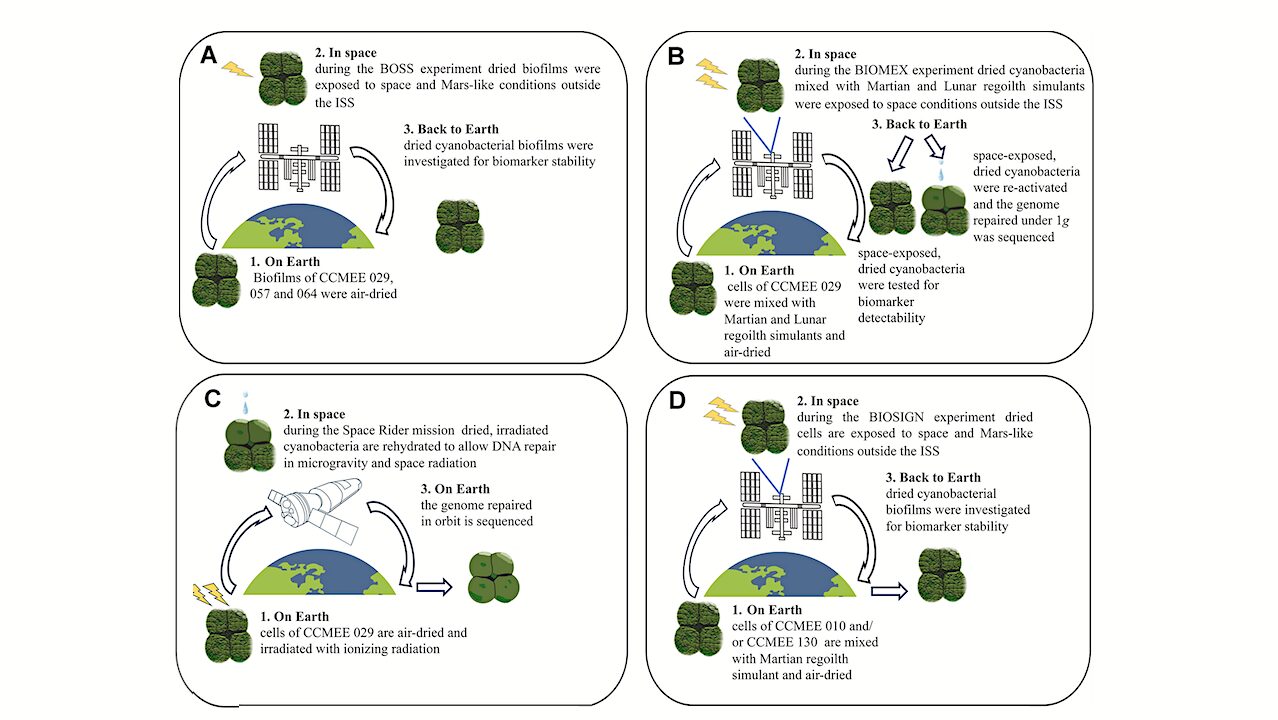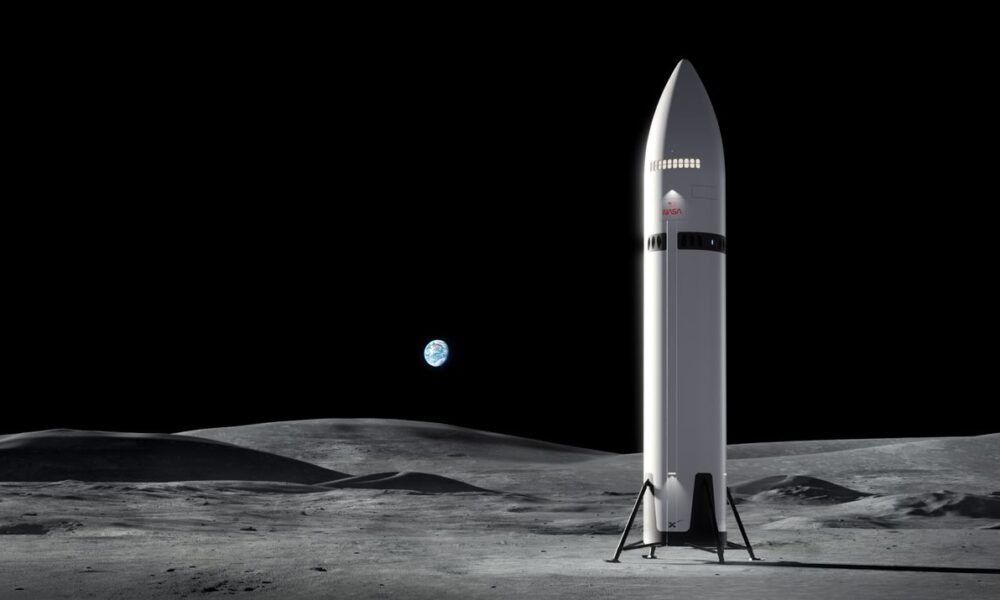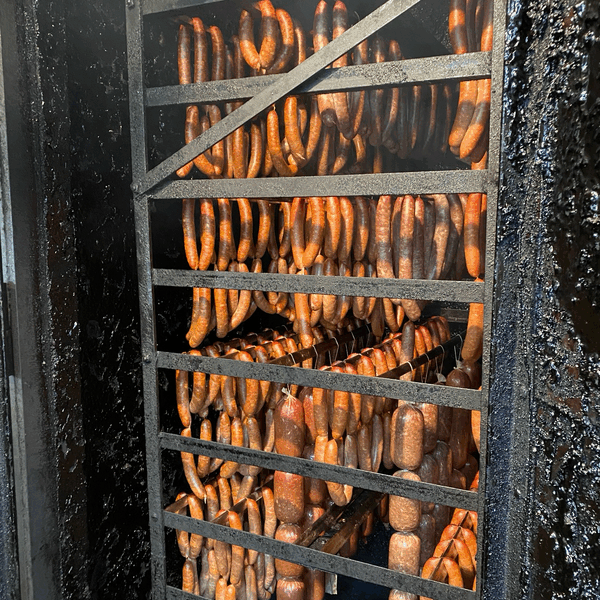Research into the resilience of desert cyanobacteria, specifically the genus Chroococcidiopsis, has unveiled significant findings regarding their potential for survival in non-Earth environments. This study, conducted under laboratory simulations replicating space and planetary conditions, as well as in actual low Earth orbit (LEO) scenarios, offers valuable insights for astrobiology and sustainable life support systems.
Scientists have long been intrigued by the ability of certain microorganisms to endure extreme conditions. The Chroococcidiopsis species, known to thrive in arid desert ecosystems, has shown remarkable adaptability. Recent experiments evaluated their survival under conditions similar to those found on Mars, including exposure to high levels of radiation and low humidity, which are characteristic of the Martian environment.
Experimental Findings and Implications
The research team, comprising experts from various institutions, designed a series of experiments to assess the cyanobacteria’s endurance. Under simulated Martian conditions, the organisms displayed a surprising capacity for survival, maintaining metabolic activity even when subjected to harsh environmental stressors. These findings suggest that Chroococcidiopsis could not only survive but potentially thrive on other planetary bodies.
The implications for astrobiology are profound. Understanding how life can exist in extreme environments expands the definition of habitability beyond the conventional parameters typically considered for extraterrestrial life. This research contributes to ongoing discussions regarding the potential for life on Mars and other celestial bodies, as well as the development of sustainable life support systems for future space missions.
Furthermore, scientists are exploring the possibility of utilizing Chroococcidiopsis in bioregenerative life support systems. These systems aim to create closed-loop environments where waste products from human activities could be converted into a usable resource, thereby supporting long-duration space missions. The findings highlight not only the potential for these organisms in astrobiology but also their practical applications in sustaining human life beyond Earth.
Future Research Directions
Looking ahead, further research is planned to delve deeper into the mechanisms that enable Chroococcidiopsis to endure such extreme conditions. Scientists aim to identify specific genetic and metabolic pathways that contribute to their resilience. This knowledge could inform the search for life on other planets and improve our understanding of life’s adaptability in various environments.
The ongoing studies also emphasize the importance of interdisciplinary collaboration in astrobiology. By combining insights from microbiology, environmental science, and planetary science, researchers hope to develop comprehensive strategies for exploring the potential for life beyond our planet.
In summary, the exploration of desert cyanobacteria’s survival abilities under simulated space conditions not only enhances our understanding of astrobiology but also paves the way for innovative approaches to long-term human space exploration. As research continues, the potential applications of these findings could significantly impact future missions to Mars and other celestial bodies.







